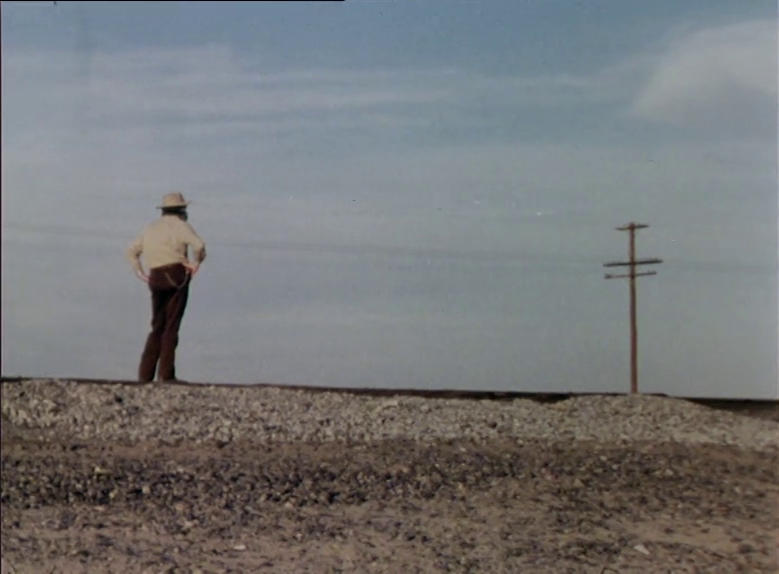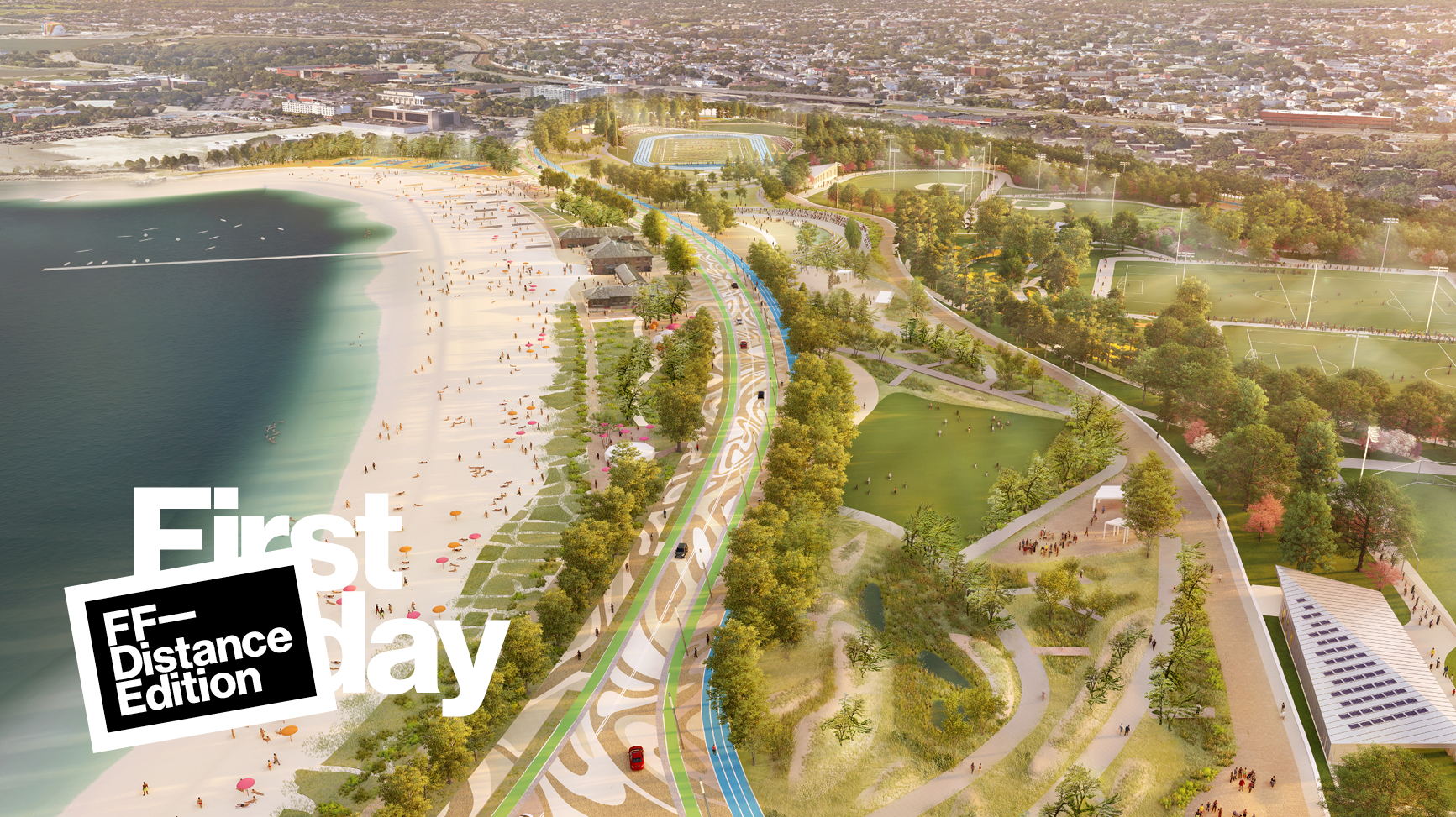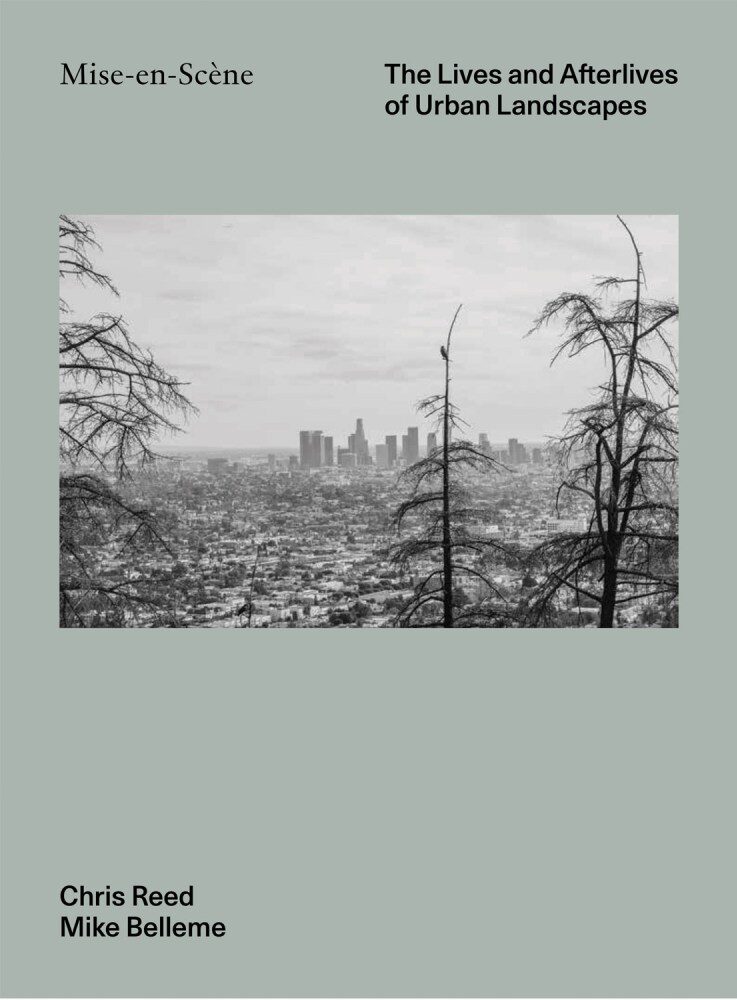Two pioneering works of radical television from the mind of the iconoclastic architecture critic Reyner Banham.
The writings and thinking of Reyner Banham, born 100 years ago this year, came to define and create architectural culture. His hugely innovative and engaging analyses of architecture, the city, culture and its artefacts continue to mark generations.
Banham’s trademark formal and intellectual wit, invention and creative critique found a perfect home on TV. In tonight’s first episode he drives the streets of his beloved LA, aided by an Alexa-like technological tour guide. In the second, he departs from there for Las Vegas, finding his own personal jackpot in the desert landscapes on route.
The ScreenTalk is chaired by Professor Richard J Williams, author of Reyner Banham Revisited, with guests writer and journalist Owen Hatherley, architectural historian Adrian Forty and LA-based critic, editor and curator Mimi Zeiger.



